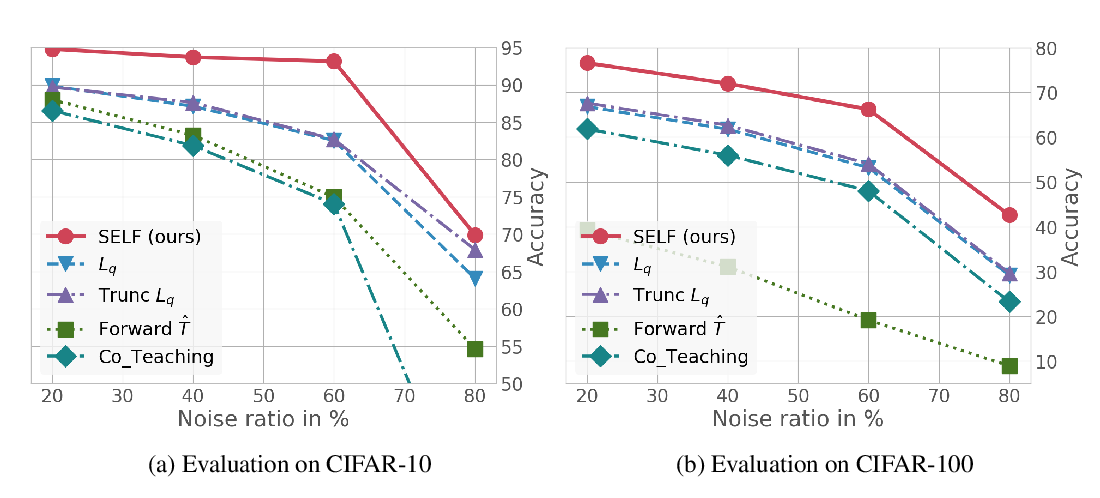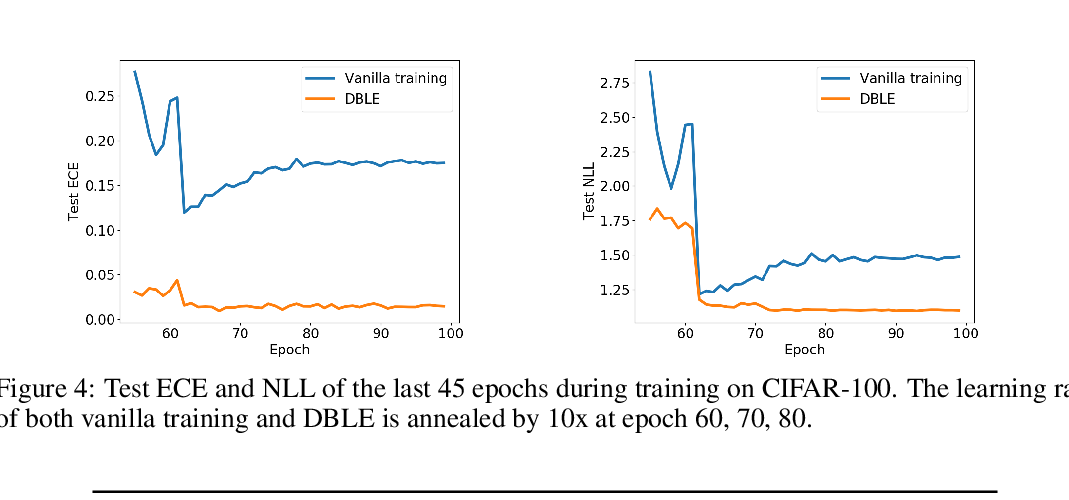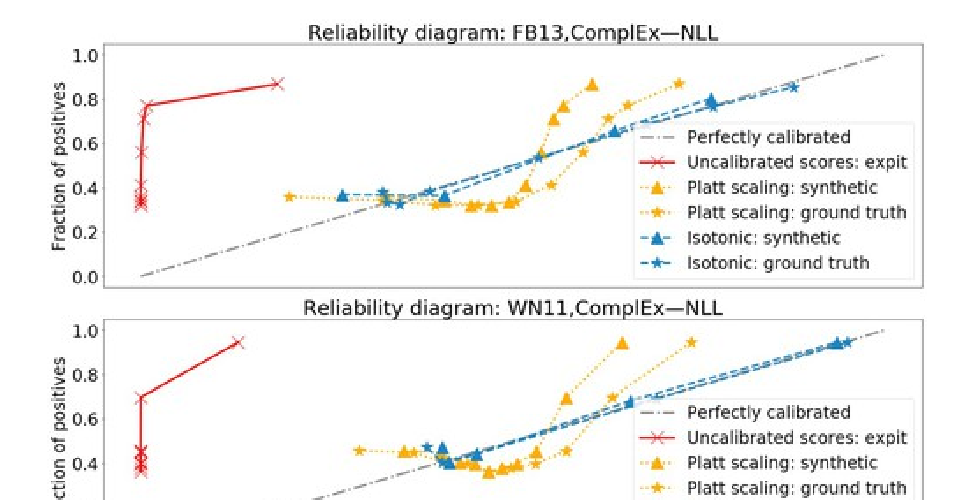Abstract:
In most machine learning tasks unambiguous ground truth labels can easily be acquired. However, this luxury is often not afforded to many high-stakes, real-world scenarios such as medical image interpretation, where even expert human annotators typically exhibit very high levels of disagreement with one another. While prior works have focused on overcoming noisy labels during training, the question of how to evaluate models when annotators disagree about ground truth has remained largely unexplored. To address this, we propose the discrepancy ratio: a novel, task-independent and principled framework for validating machine learning models in the presence of high label noise. Conceptually, our approach evaluates a model by comparing its predictions to those of human annotators, taking into account the degree to which annotators disagree with one another. While our approach is entirely general, we show that in the special case of binary classification, our proposed metric can be evaluated in terms of simple, closed-form expressions that depend only on aggregate statistics of the labels and not on any individual label. Finally, we demonstrate how this framework can be used effectively to validate machine learning models using two real-world tasks from medical imaging. The discrepancy ratio metric reveals what conventional metrics do not: that our models not only vastly exceed the average human performance, but even exceed the performance of the best human experts in our datasets.



